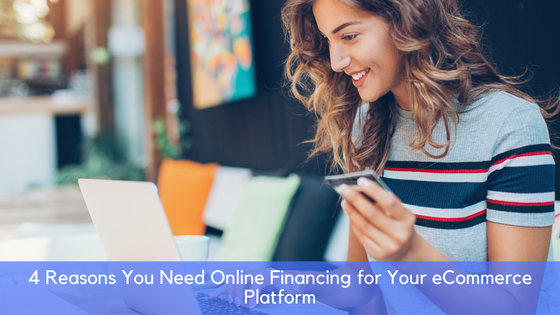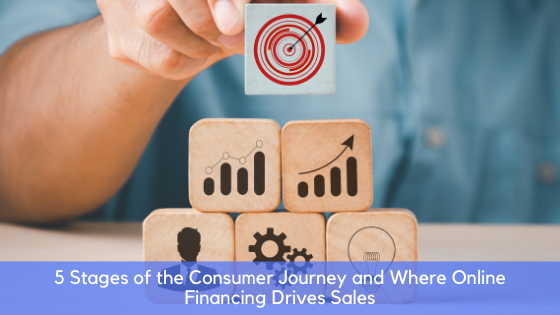KPIs (key performance indicators) refers to measurable digital marketing analytics that provides insight into the performance of various marketing activities. These quantifiable statistics offer an understanding of how consumers interact with eCommerce platforms and how much it costs to make sales or convert consumers. Improving the values of these KPIs can increase the profitability of your business as they each reflect a key area of digital marketing necessary to move consumers through the sales funnel. Below, we discuss the five best digital marketing KPIs to consider as well as a strategy to improve them.
1. Cost Per Click (CPC)
Cost per click refers to the cost that a business pays for a consumer action on paid media, specifically a click-through to the website, landing page, or another platform. Cost per click providers an oversight of the actual advertising budget spent to drive each consumer to the website. A lower cost per click means your advertising campaigns are more affordable and successful. It can indicate that your targeting is correct, your platform choices are appropriate, your media is attractive, and more. It is a great gauge of the quality of your search engine marketing and pay-per-click (PPC) campaigns.
2. Cost Per Conversion
Cost per conversion refers to the more granular cost of the consumer actually purchasing your platform. This consumer, which would be within your CPC pool of consumers, needs additional incentives to drive a sale depending on where they are in the sales funnel. When looking at your cost per conversion, you should determine whether or not that cost to run a conversion campaign is profitable in comparison with the average order values during the campaign period. For example, if you spend $5 per conversion, you should receive over $5 at least for each order.
3. Return on Advertising Spend
The above consideration is especially important when looking at return on advertising spend. Advertising spend is only beneficial if your ads are driving profitable purchases. You can use this resource to learn how to calculate the return on advertising spend. With an idea of your ROAS, you can make executive decisions on how you would like to prioritize your advertising efforts.
4. Monthly Website Traffic
Monthly website traffic is one of the most important organic KPIs to consider when assessing the performance of your platform. Monthly website traffics gives marketers an idea of the total traffic on a site, which can be compared month in and month out to determine if there are any problems with the site. For example, a dip in monthly traffic can indicate a drop in search rankings. This would suggest focusing on SEO in the coming months. Marketers can also see where the website traffic is coming from to make informed decisions regarding mobile-friendly content, geolocalized content, and more.
5. Average Session Duration
Business owners and their marketing teams should also look at how long consumers are spending on their websites. Average session duration refers to the length of time that a potential customer will spend on a specific page of the website. The longer they spend on the website, the more interested they are, and the more likely they will be to buy. Increasing average session durations can also positively impact your SEO as Google sees this KPI as an indication of the quality of your platform.
How to Improve Your KPIs
One of the fastest ways to improve your KPIs is to introduce consumer financing from ChargeAfter. This powerful checkout plugin for online websites encourages consumers to make an order. It adds value to their shopping experience with your site by providing zero-interest loans instantly. Consumers are far more likely to engage with and buy from online stores that provide this incredibly beneficial customer-focused purchasing tool.
Want to learn more? Reach out to us here.










